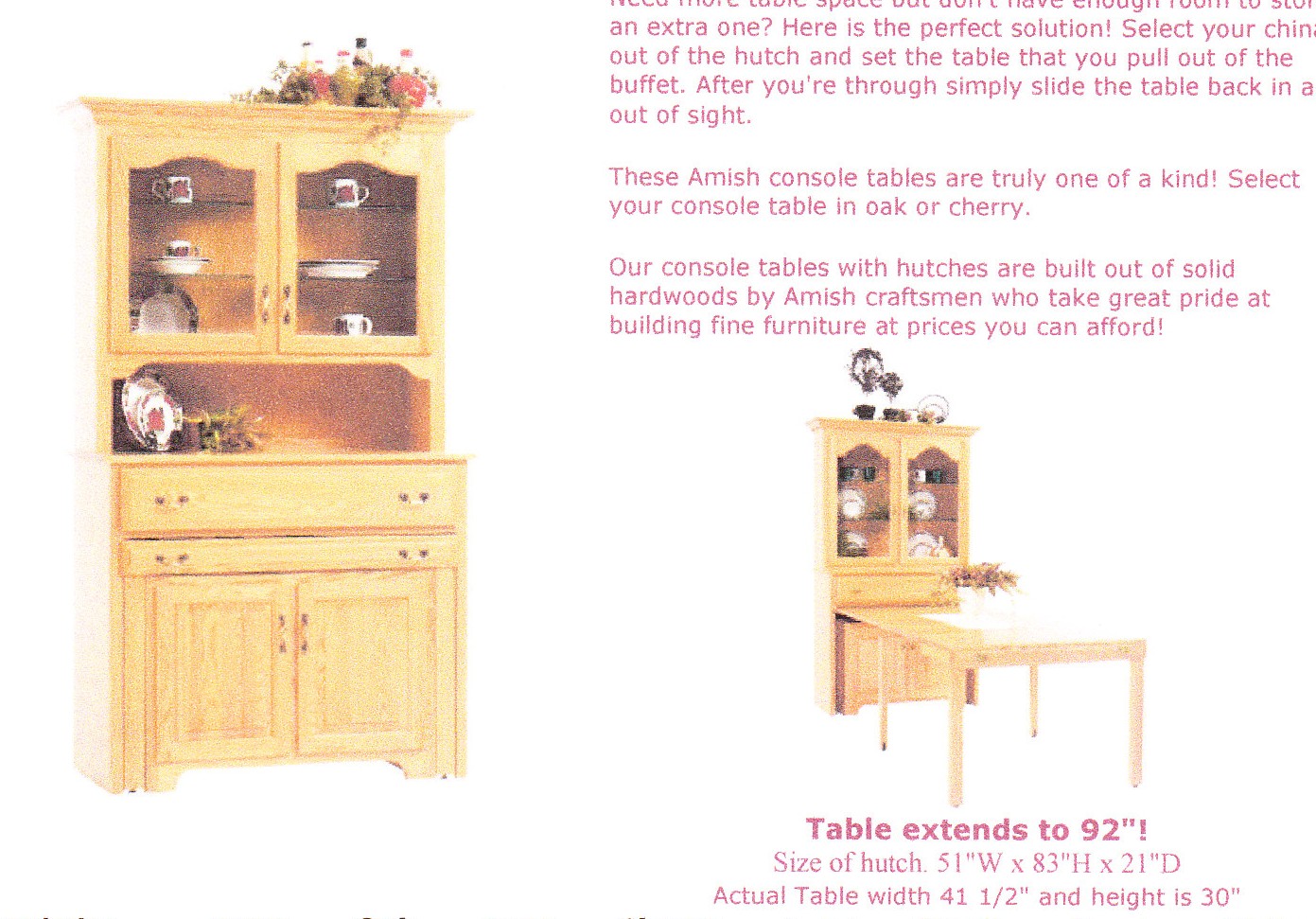Attaching Upper Cabinets to Masonry Walls
A cabinet installer gets advice on ways to hang cabinets from masonry. October 8, 2005
Question
What is the best way to hang an upper cabinet that is going to be filled with books to a hadite brick wall?
Forum Responses
(Cabinet and Millwork Installation Forum)
From contributor F:
My method takes two people or a good cabinet prop-up device. First, decide on screw placement. Then drill a clearance hole for the screw at each location. Now, raise the cabinet to its exact placement location and take one of your screws and a hammer and mark the masonry with the tip of the screw and a few hammer blows through your screw clearance holes. Now, take the cabinet back down and drill .5" holes in the masonry on your marks, deep enough for your screw length plus a little. Into these holes in the masonry, drive tight fitting dowels or squares of hardwood. I'm sure you can figure out the rest of the install.
From contributor L:
Couldn't he just use Tapcon concrete fasteners? Use a washer on the inside of the cabinet and then paint the blue Tapcon black.
From contributor F:
My method is not the only way to do it. I just know it makes a solid connection. The screws expand the piece of wood in the masonry and get rather tight.
From contributor V:
For attaching wall cabinets to block or brick, I prefer to use Hilti Kwik-Cons. They are similar to Tapcons, but they have a slightly different Tri-Lobular thread design. I have used them in the past to hang some very large cabinets to brick and block. They are available with a flat head or Hex Washer head and are nickel colored. For extra insurance, you could place dabs of construction adhesive on the cabinet backs along with the Kwik-Cons. I have always had better luck with the Hilti brand versus Tapcons.
From contributor F:
Contributor L's and V's hardware choices seem fine to me.
Contributor V's reference to gluing the cabinet backs to the wall reminds me of something I saw when I lived in California. There was a pretty big earthquake one year (during the World Series - remember?). In the days that followed, as people in that area went about repairing their damaged homes, I looked at quite a few cabinet repair and replacement jobs. In several of the homes I looked at, the cabinet boxes, the doors, the shelves and the contents of the wall cabinets were on the floor. The only things left on the walls were the cabinet backs.
The moral of this story is, make sure there is a good connection between the cabinet hanger cleat and the top shelf and sides of the box. I know some people use 1/2" backs with no cleat. If I did it like that and the back was melamine, I would make a shallow rabbet around the perimeter of the back's inside face to get a glueable surface or install it with screws (not staples). Yeah, I saw 1/2" melamine backs with staples sticking out hanging on the walls all by their lonesome.
From contributor B:
If this is a standard cabinet with built-in hanger rails, there will be a 3/4" or so pocket inside the perimeter of the cabinet back. I like to cut a piece of 5/8" plywood to loosely fill this pocket, and then attach it to the brick, glazed tile, etc. right where it will hide after the cabinet is installed. Use plain old construction adhesive and lots of masonry anchors of your choice. This large contact area makes a pretty stout support to set the hanger rail of the cabinet on and then secure it with a couple of anchors through the rail. Let the glue cure before stocking those books, of course.
From contributor T:
I would Tapcon a French cleat to the brick and hang the cabinet. This way, there is no visible cleat or screws of any kind.
From contributor G:
My suggestion is to have the masonry wall removed, rebuild the wall with a standard wood framed wall, and have it sheeted with 1 1/4 inch subfloor. On top of that, add 3/4 inch maple ply, install your cabinet and then have the sheetrockers come back and sheetrock the wall, but not before you add steel angle iron all the way around, screwed into the cabinet and the wall. Don't forget the 4 inch screws into the nailer and into the studs. I assure you that this will work even here in California. :)
